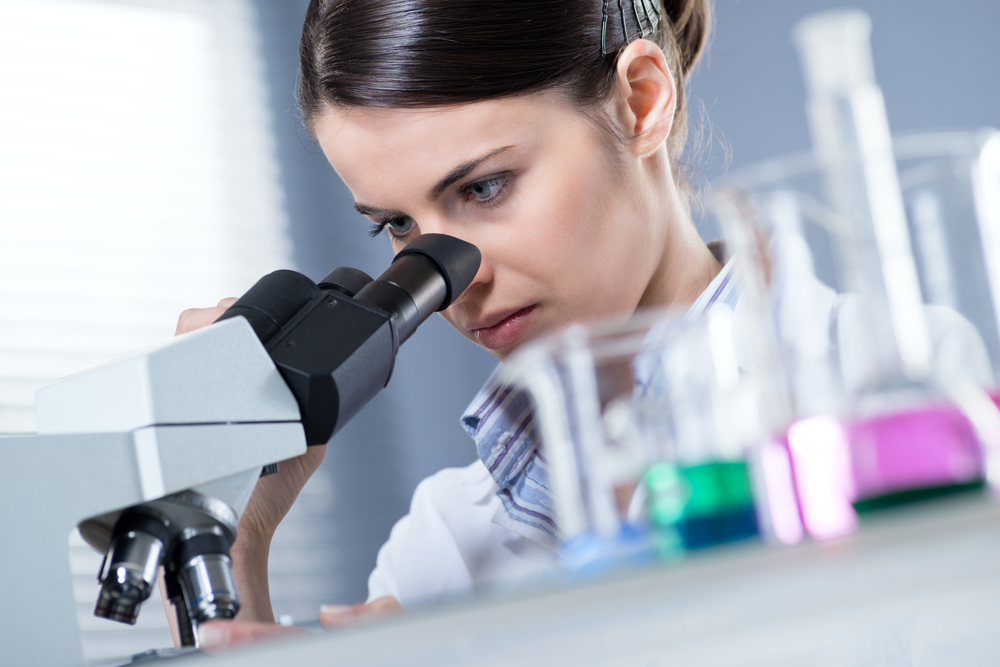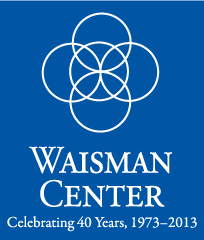New Experimental Model Uses Astrocytes to Test Therapies for ALS

 A research team from the University of Wisconsin-Madison Waisman Center led by Su Chun Zhang, established a simple model in mice to investigate the role of human astrocytes in neurologic diseases such as Amyotrophic Lateral Sclerosis (ALS), Rett Syndrome and Huntington’s disease. The study entitled “Human-derived neural progenitors functionally replace astrocytes in adult mice” appears in the Feb. 4 issue of the Journal of Clinical Investigation.
A research team from the University of Wisconsin-Madison Waisman Center led by Su Chun Zhang, established a simple model in mice to investigate the role of human astrocytes in neurologic diseases such as Amyotrophic Lateral Sclerosis (ALS), Rett Syndrome and Huntington’s disease. The study entitled “Human-derived neural progenitors functionally replace astrocytes in adult mice” appears in the Feb. 4 issue of the Journal of Clinical Investigation.
For the first time, human astrocyte progenitors were implanted into adult mice’s cervical spinal cords. Previous studies have transplanted those progenitors into newborn mice, however, this study is more relevant as many diseases affecting astrocytes occur in human adults.
Astrocytes are the largest cell population in the brain. These cells have a characteristic star-shape, with processes that touch and regulate both neuronal and blood endothelial cell function. Astrocyte dysfunction leads to neurodegeneration and destruction of the blood-brain barrier, a structure around the blood vessels that protects the central nervous system from potentially toxic blood substances.
Astrocyte-to-neuron ratio increases from low vertebrates to rodents and to primates. Curiously, in the 1980s, scientists at the University of California found that Albert Einstein’s brain had an increased number of astrocytes compared to other human brains.
Now, this study shows that grafted human cells migrate in the adult mouse adult spinal cord, replacing endogenous astrocytes: after nine months, human-derived astrocytes migrated long distances from the initial transplanted site, interacting with mouse neurons and blood vessels. They replaced the mouse astrocytes without affecting the ability of the mice to function normally. However, when the transplanted progenitors are derived from ALS patients, mice show signs of neuron degeneration and motor deficits, compatible with ALS.
The results suggest that human astrocytes become part of the mouse spinal cord, and importantly keep either their functional or dysfunctional features. This simple model opens new possibilities for investigating new treatments of diseases such ALS.
“Because of my medicine background, I think about how stem cells can be utilized for medical purposes,” said Su Chun Zhang. “I really want to push hard to potentially treat spinal cord injury, and especially ALS. It’s so devastating, and after so long, there is still no treatment.”
The study was supported by the National Institutes of Health (NIH), the Bleser Family Foundation, the Busta Foundation and the Eunice Kennedy Shriver National Institute of Child Health and Human Development.






